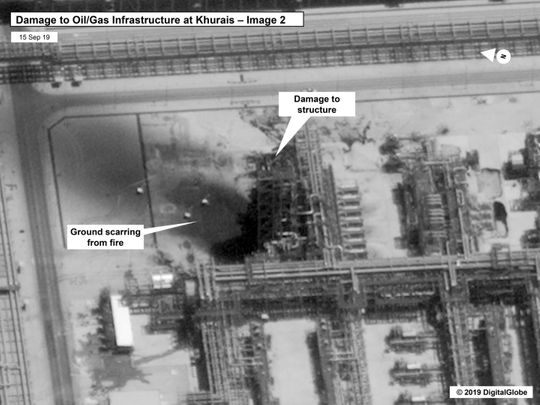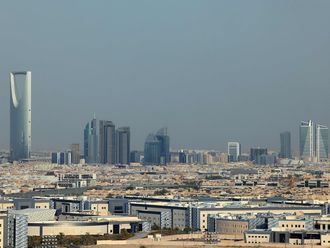
Washington - The Pentagon is preparing a report on who was responsible for the weekend attack on Saudi oil facilities and intends to make it public within 48 hours, a US defence official said.
American investigators are examining missile circuit boards recovered after strikes against Saudi oil facilities to determine the trajectory of the attack - and whether it originated from Iran - as the Trump administration debates how, and whether, to retaliate.
Analysts are poring over satellite imagery of the damage sites, and assessing radar tracks of at least some of the low-flying cruise missiles that were used. Communication intercepts from before and after the attacks are being reviewed to see if they implicate Iranian officials.
What did Saudi investigators recover?
Perhaps most important, forensic analysis is underway of missile and drone parts from the attack sites. The Saudis have recovered pristine circuit boards from one of the cruise missiles that fell short of its target, providing forensics specialists the possibility of tracing the missile’s point of origin, according to a senior US official briefed on the intelligence.
Were missiles programmed to through Iraqi airspace?
One theory gaining traction among US officials is that the cruise missiles were launched from Iran and programmed to fly around the northern Gulf through Iraqi airspace instead of directly across the Gulf where the United States has better surveillance, one senior official said. In the hours before the attacks, US intelligence detected activity at military bases in southwest Iran that would be consistent with preparations for strikes, another senior US official said.
Will America react?
Within the administration, there is much discussion over what retaliatory action to take, if any. The question is a challenging one for President Donald Trump, who first declared after the attacks that the United States was “locked and loaded,” but then softened his tone.
The attack is viewed as the most destructive strike to Saudi Arabia since it opened an offensive in Yemen more than four years ago. The strikes at the Abqaiq processing facility and Khurais oil field initially cut by more than 50% the oil produced by the kingdom, which supplies about a tenth of the worldwide total. By Tuesday, Saudi Aramco, Saudi Arabia’s national oil company, said it would fully restore oil production by the end of September.












